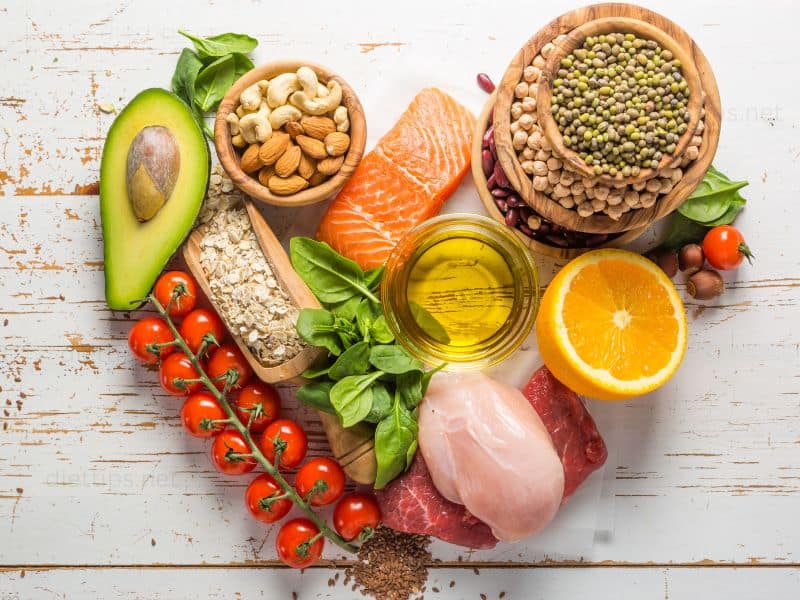Understanding Diabetes Management
Diabetes management is not a journey you need to travel alone. It’s my pleasure to share some useful insights on this topic, especially for those struggling with Type 1 Diabetes. By following the right nutritional guidelines, you can not only manage but thrive with this condition.
The Role of Diet in Diabetes Management
When managing Type 1 diabetes, diet plays a critical role. With the right balance of nutritious foods, you can maintain steady blood glucose levels, thereby mitigating health risks. The American Diabetes Association emphasizes the importance of consuming a variety of nutrient-dense foods in appropriate quantities.
Here’s a story to illustrate. Imagine my friend Steve, who’s been living with Type 1 diabetes for years. By closely working with his nutritionist, he tailored a diet to his specific needs and preferences, finding a balance between carbohydrates, proteins, and healthy fats. The result? Steve leads an active, fulfilling life, his diabetes is effectively managed through good nutrition and regular exercise.
✔️ Top Foods for Effective Diabetes Management
Lean Proteins

Lean proteins, like turkey, chicken, fish, eggs, and tofu, can be great for diabetes management. They help in satiety, stabilizing blood sugar levels without causing spikes, unlike carbohydrates. Our friend Steve, for instance, usually includes lean chicken breast in his meals. However, remember to moderate portion sizes, as even healthy foods can lead to weight gain if overeat.
Whole Grains
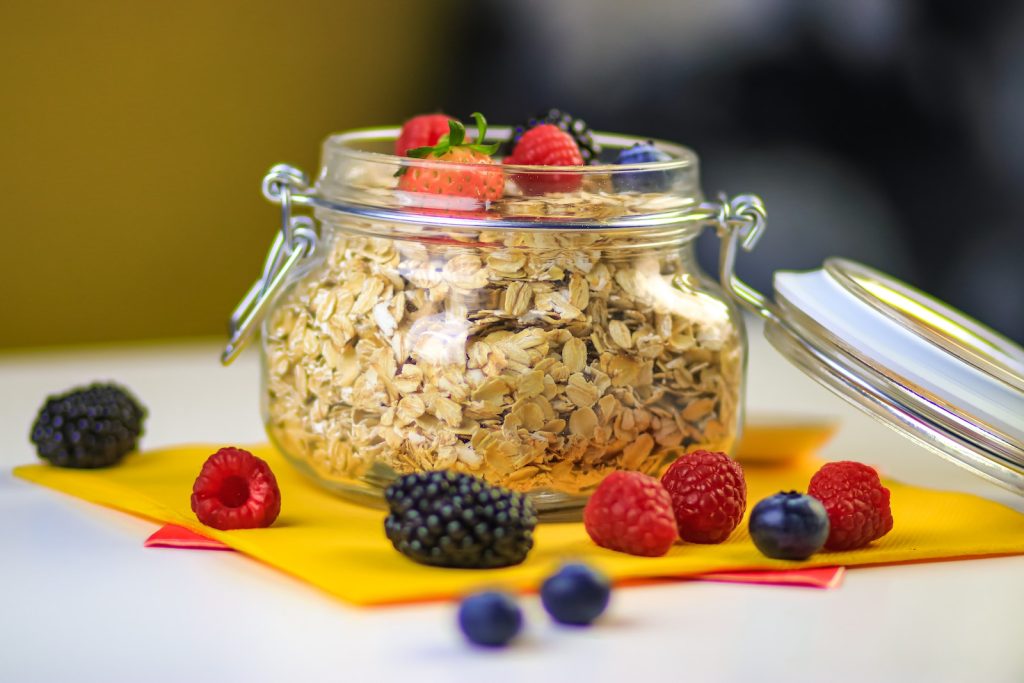
Whole grains are another cornerstone of a diabetes-friendly diet. Foods such as brown rice, quinoa, oats, and whole grain bread or pasta are full of fiber, which slows the absorption of sugar into the bloodstream and prevents spikes in blood glucose. Steve often starts his day with a bowl of steel-cut oats, topped with a handful of berries for added antioxidants.
Non-Starchy Vegetables
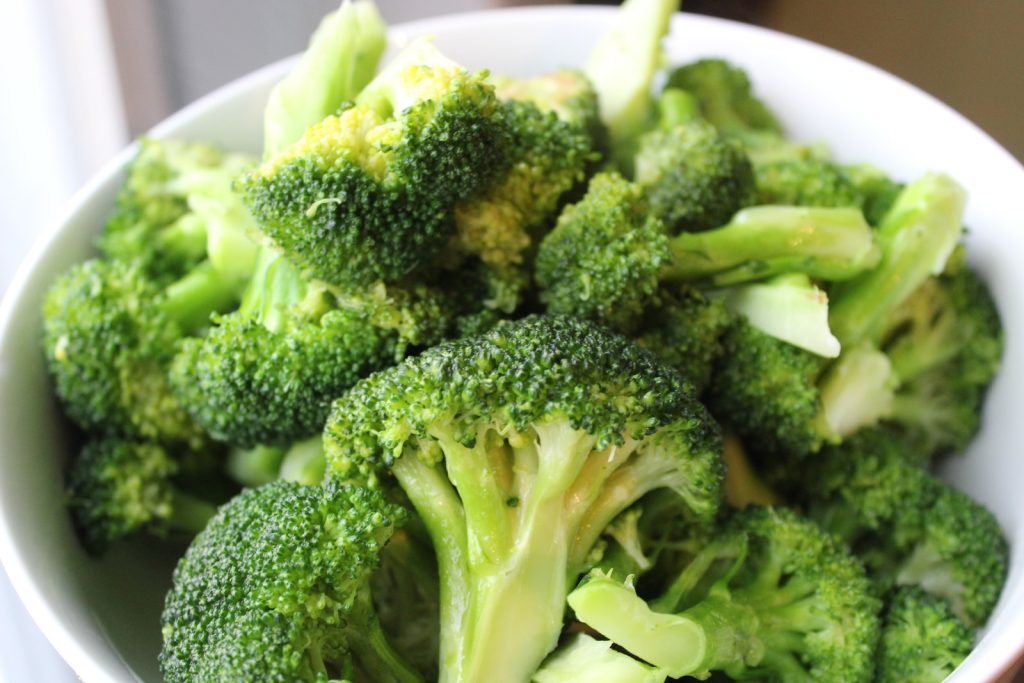
Non-starchy vegetables like spinach, broccoli, bell peppers, zucchini, tomatoes, cucumbers, and more can bulk up your meals without adding many carbs. These can be part of your main dish, like in a stir-fry, or act as a side. For example, our friend Steve loves his Greek salad filled with cucumbers, tomatoes, and a bit of feta cheese.
Healthy Fats
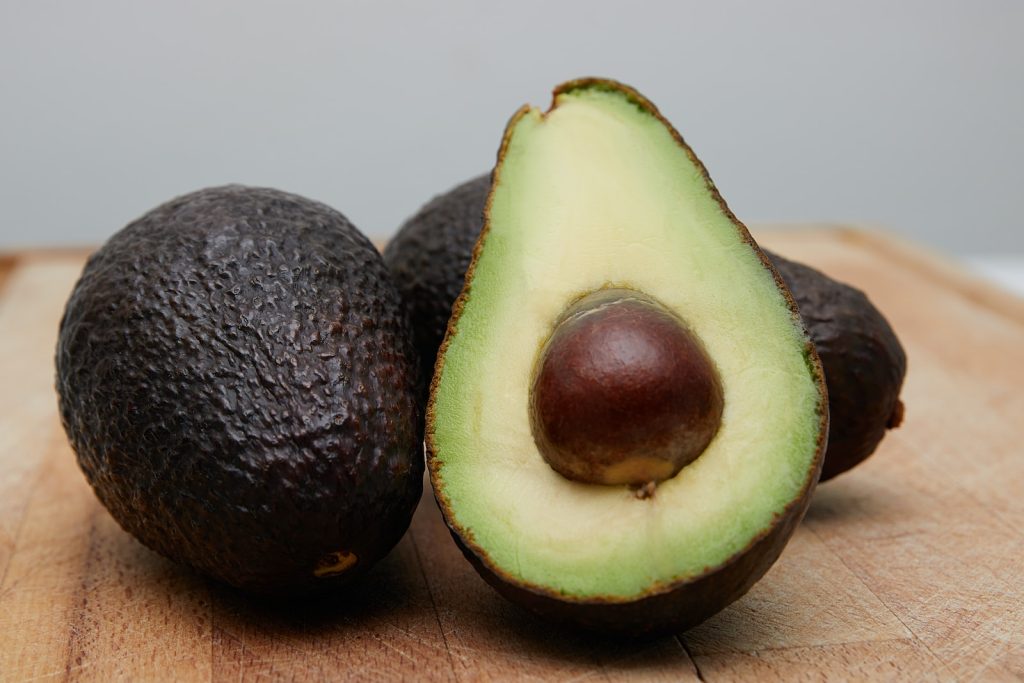
Healthy fats from avocados, nuts and seeds, olives, and fish like salmon are beneficial. They don’t impact blood sugar levels directly and can provide a steady energy source. A favorite snack of Steve’s is a small handful of almonds or walnuts, perfect for maintaining energy levels between meals.
Remember, individual needs may vary, and what works for one person may not work for another. It’s essential to work with a healthcare professional or a dietitian to create a meal plan that fits your personal health goals, food preferences, and lifestyle.
The Importance of Regular Meals
An aspect of diabetes management that doesn’t always receive its fair share of attention is the timing and regularity of meals. Our bodies love routine, especially when it comes to fuel. As you wouldn’t embark on a long road trip without planning your fuel stops, managing diabetes effectively requires a regular meal schedule.
Consider Steve’s daily routine. He ensures he eats at regular intervals to avoid blood sugar dips and spikes. His meals are spaced out, and he includes nutritious snacks to keep his energy levels stable throughout the day.
The Role of Hydration

Don’t forget about hydration, a critical element in diabetes management. It’s essential to drink plenty of water throughout the day to help the kidneys flush out the excess glucose through urine. Steve makes a point to carry a water bottle with him everywhere he goes, ensuring he stays hydrated.
On the other hand, sugary beverages, including fruit juices and soda, can cause a rapid increase in blood glucose levels and should be limited or avoided. Instead, consider drinking water infused with a slice of lemon or cucumber for a hint of flavor without the extra sugar.
Embracing Variety and Balance
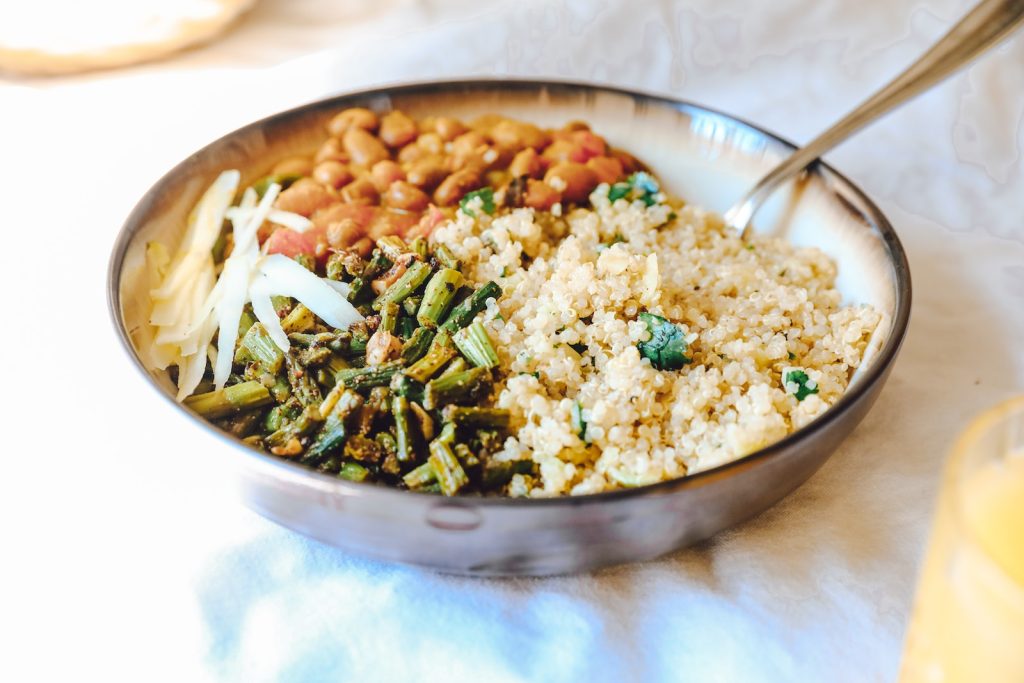
Variety is indeed the spice of life, and this rings true for a diabetes-friendly diet too. Consuming a wide range of foods not only keeps your meals interesting but also ensures you’re getting a broad spectrum of nutrients.
Steve found that rotating different vegetables, proteins, and grains throughout his week helps him stay on track with his diabetes management while preventing mealtime boredom. Balance is also key. No single food item should dominate your meals, and the ideal plate for a person with diabetes should consist of half of non-starchy vegetables, a quarter of lean protein, and a quarter of whole grains or starchy vegetables.
Lifestyle and Exercise: The Complements to Diet
While this article has a dietary focus, I’d be remiss not to mention the role of lifestyle in diabetes management. Regular physical activity, whether it’s a brisk walk, bike ride, or yoga class, is beneficial in maintaining stable blood glucose levels. Steve, an avid cyclist, finds that regular exercise helps keep his diabetes in check, in conjunction with his diet.
Managing diabetes is a holistic process, requiring attention not just to the foods you eat, but to your overall lifestyle habits, too. A balanced, nutrient-rich diet is a fantastic starting point and serves as a firm foundation for successful diabetes management.
Understanding Carbohydrate Counting and Glycemic Index
In the realm of diabetes management, two concepts play significant roles: carbohydrate counting and the glycemic index (GI). Steve uses both these tools to keep his blood sugar levels in check.
Carbohydrate counting involves keeping track of the amount of carbs in the food you eat each day. This technique can help maintain a balance between the amount of insulin in your body and the carbohydrates consumed, preventing blood sugar spikes and crashes.
The glycemic index, on the other hand, is a measure of how quickly food causes your blood sugar to rise. Foods with a high GI value are rapidly digested and absorbed, causing a swift rise in blood sugar levels. On the contrary, low-GI foods are metabolized slower, causing a gradual rise in blood sugar levels. Incorporating low-GI foods into your diet can contribute significantly to diabetes management.
Seeking Professional Guidance

While this article provides a general outline of the best foods for managing Type 1 diabetes, it’s crucial to remember that everyone’s body reacts differently to various foods. Hence, it’s important to work closely with a healthcare provider or a registered dietitian to tailor a meal plan that suits your personal needs and goals.
Steve, for instance, has regular check-ins with his dietitian to discuss his blood sugar readings and make necessary adjustments to his meal plan. It’s a team effort that plays a significant role in managing his condition successfully.
Building a Supportive Environment
Living with Type 1 diabetes can be challenging, but you don’t have to face these challenges alone. Building a supportive environment, both at home and in your broader social circles, can make managing diabetes much easier.
Steve, for example, is part of a local support group for people with diabetes. They meet regularly, sharing experiences, recipes, tips, and advice. This community provides a space where Steve can find understanding, support, and motivation. Having the right support can make diabetes management not just a necessary part of life, but a pathway to a healthier, more fulfilling lifestyle.
Developing Healthy Eating Habits
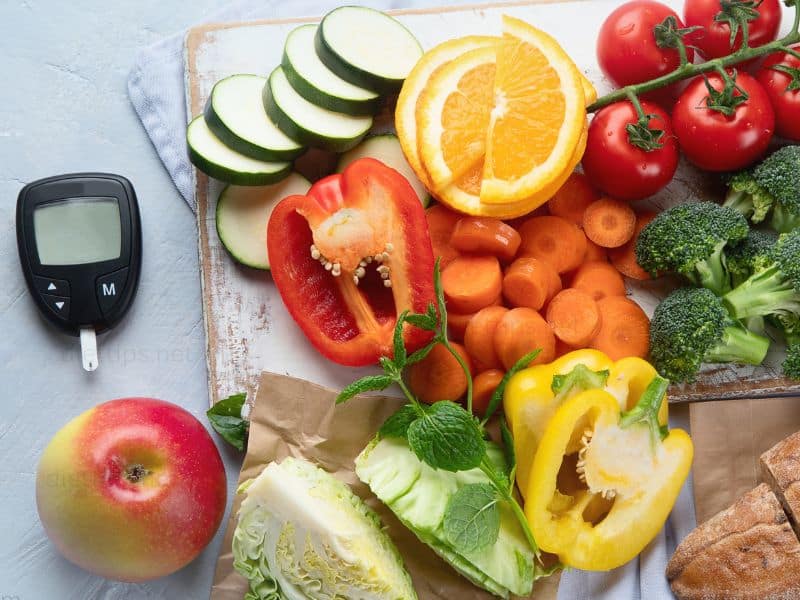
Establishing and maintaining healthy eating habits is an essential part of diabetes management. It’s not just about the foods you eat but also how you eat them.
Take Steve’s approach as an example. He doesn’t skip meals, and he takes time to enjoy his food, eating without distractions and focusing on the flavors and textures of each bite. This mindful eating practice helps him stay attuned to his hunger and fullness cues, reducing the likelihood of overeating.
Learning to Read Food Labels
Another important tool in Steve’s diabetes management toolkit is his ability to read and understand food labels. Food labels provide crucial information about the carbohydrate content and serving size of food products, helping to inform healthier food choices.
In a world where food marketing often clouds nutritional facts, learning how to navigate food labels is a powerful skill. It enables you to make informed decisions about what you’re putting into your body, which is critical for diabetes management.
Overcoming Challenges
There may be times when managing your diabetes feels overwhelming. That’s perfectly normal. Remember, it’s okay to have off days. What matters is how you bounce back from them.
When Steve faces a challenge, like a blood sugar spike after trying a new food, he doesn’t beat himself up over it. Instead, he treats it as a learning experience, a stepping stone toward a better understanding of his body’s needs and responses.
In conclusion, managing Type 1 diabetes is a dynamic, ongoing process. It involves learning, experimenting, and making continuous adjustments. But with the right tools and support, it’s a process that can lead to a healthier, more balanced lifestyle.
References:
Diabetes 1. I have type 1 – diabetes what can I eat?
It is a good idea to include some carbs with your meals as, without carbohydrate, your insulin may cause blood glucose levels to drop too low. Choose healthier carbs such as wholegrains, starchy foods, fruit and veg, pulses, unsweetened yogurt and milk, nut and seeds.
Webmd 2. What to Eat When You Have Type 1 Diabetes – WebMD
Diabetes ‘Superfoods’ · Beans · Dark green leafy vegetables · Citrus fruit · Sweet potatoes · Berries · Tomatoes · Fish high in omega-3 fatty acids….
Healthline 3. Type 1 Diabetes Diet: What Foods to Eat, Why It’s Important, and More – Healthline
Brown rice, bran cereal, and whole-grain breads are great sources. Read labels and be mindful of total intake in one sitting to ensure your blood sugar is …
Nih 5. Diabetes Diet, Eating, & Physical Activity – NIDDK
What foods can I eat if I have diabetes? · vegetables. nonstarchy: includes broccoli, carrots, greens, peppers, and tomatoes · Fruits—includes oranges, melon, …
© 2016-2023 by DietTips.net, a LIVenture LLC.
All rights reserved. No part of this document may be reproduced or transmitted in any form or by any means,
electronic, mechanical, photocopying, recording, or otherwise, without prior written permission of LIVentures LLC.

